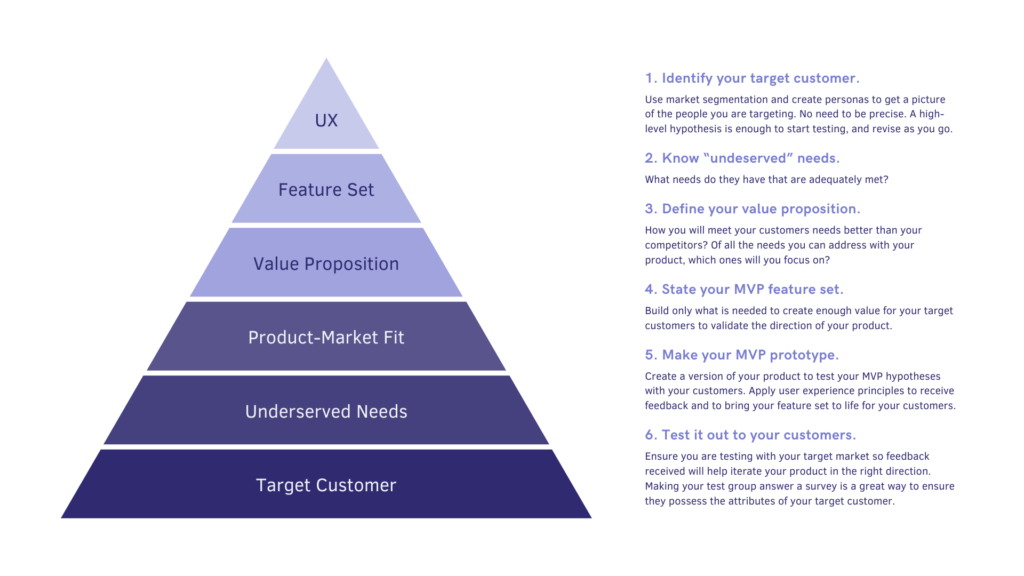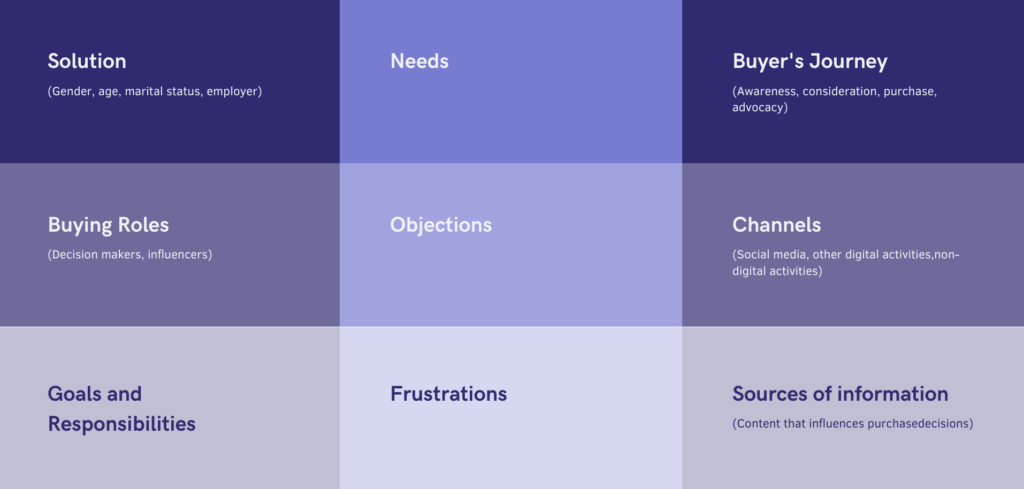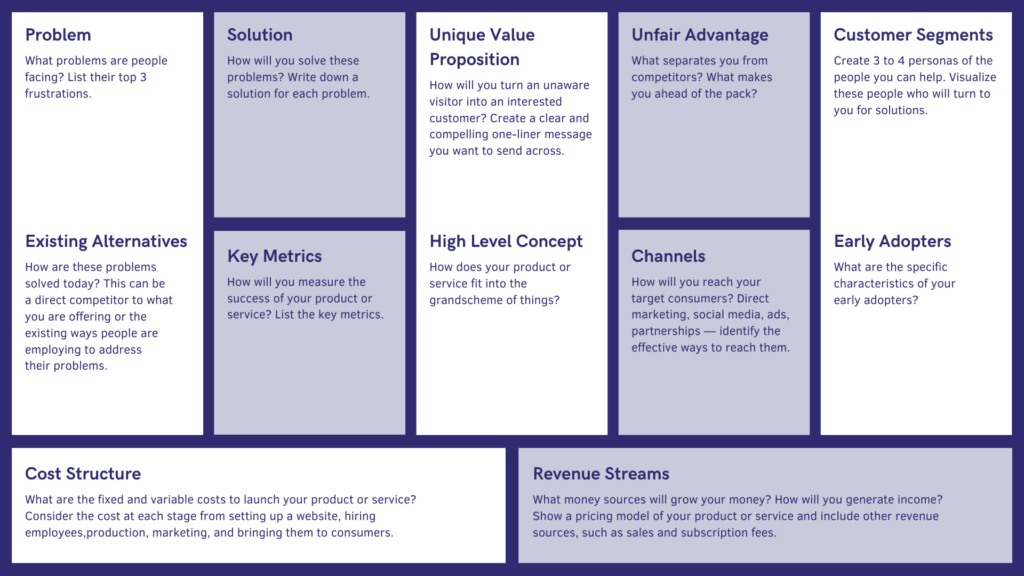
Launch splendidly your digital activity with a e-commerce strategy
An E-Commerce strategy allows anyone launching their activity to rationalize financially and materially the stages in the development of their E-Commerce. In concrete terms, adopting a strategy means creating a safety net and anticipating the various hazards that can be detrimental to you. Thanks in particular to a clear vision of what you want to achieve and how you want to do it.
Your E-Commerce strategy is divided into several strategies, linked to each facet of your business. It must link all these strategies together and ensure that they are relevant and consistent. In this article, we propose to see the 3 steps in the design of your e-commerce strategy. And more precisely your action plan in the launch of your project.
Step 1: The foundation of your E-Commerce strategy, the product and the target
The very first step of your global E-Commerce strategy is to find out what you want to sell. But also to whom you want to sell it, that is to say, to set up the first elements of marketing strategy: pricing and positioning. Your marketing strategy is thus based on two elements: your product and your target.
Choosing your product or service
You can launch yourself into e-commerce with a project in mind. Or you can launch yourself into it because you want to. Because you think it’s the right time or because it’s a sector with a future. In each of these cases, you come up with the same problem: what do consumers want to buy, and therefore what should you sell them?
It is useless to sell a product if it does not correspond to any need. That is the whole point of the E-Commerce strategy: to think and rationalize what you want to do. You must think about profitability and sales. Your goal is to satisfy your customers with your product, it is the best way to acquire new customers. How do you find the product that will make you profitable?
The first possibility is to meet a specific need that has few solutions. Talk to people around you, be aware of the frustrations and desires of the people around you, and also of what you find frustrating. Start with the need, and it will be much easier to find something that meets it. If you find a need for which very few companies offer a solution, then you have stumbled into a niche market, and that is to your advantage.
Your other alternative is to enter the market by selling a product that is already very present in the market. This alternative is only strategic if you are able to offer additional value compared to your competitors. And therefore you have a strategic competitive advantage. If not, then don’t compete against other more developed companies that have economies of scale and the ability to invest and drown out their competitors.
Establish Your Product’s Appeal with a Product-Market Fit Pyramid
Product-Market fit is a concept coined by Marc Andreessen and refers to your start-up being in a good market with a product that can satisfy that market. Finding Product-Market fit is the difference between struggling to find customers and having them knocking down your door for your product. Use the blank framework on the next page to start filling out your own Product-Market Fit Pyramid.

Choose your target and know it.
Inherently linked to the choice of product, the choice of target is not random. The need that your product meets is specific to a category of the population unless it is a mass product. Such as common foodstuffs or other essential products. Your E-Commerce strategy and all the strategies discussed in this article (web marketing, logistics, etc.) depend on your choice of target.
If your product is quite specific, which is mostly the case for E-retailers who are starting out. Then you must choose your target and know it by heart.
Why should you do this? Because knowing them, knowing their frustrations, habits, and behaviors, ensures that you will hit them right in the face when you market your product. If you get your target wrong, you risk never finding out which levers to use to reach and acquire your customers, those who buy your products.
Think about what makes your product unique and who is most likely to buy it. Take into account several criteria in your strategy, such as age, gender, geographical location, average income, etc. Be specific.
In order not to make a mistake in your E-Commerce strategy, a tool exists, it’s the persona, and it’s super useful. Make as many as you have different targets, be precise and rigorous in your analysis. The information contained in your personas is precious. Because it will determine the rest of your strategy in terms of the acquisition, loyalty, and your e-commerce strategy in general.
Develop Deep Insights About Your Customers Using Buyer Personas
Buyer personas are semi-fictional representations of your target customers. These personas are based on market research and real data about the people you are targeting. Two to three buyer personas are ideal. The more detailed the buyer persona, the better.

Once you have defined your product and persona, you have completed the first step of your e-commerce strategy. Now you move on to the financial and web marketing aspects of making that product a reality.
Step 2: Prepare the ground with a marketing and financial strategy
Business plan and financial preparation
Do you have your product and your target? Then it’s time to talk about profitability and set objectives with a very specific document: the business plan.
The purpose of this document is to go into the financial aspects of your product and to estimate your costs and profits. It is a first step in the development of your E-Commerce and your safety net to avoid going straight into the wall if your product is out of tune with the market. This is why many actors ask to see the business plan, especially investors and financial actors who accompany you in your launch.
Although filling in your business plan is time-consuming and requires you to estimate important indicators sometimes with few elements, it is an essential step in your E-Commerce strategy. We suggest you follow our methodology and use our business plan template.
Create a Business Plan with a Lean Canvas
Lean canvas is a one-page business plan template created by Ash Maurya. It’s designed to create a snapshot of your business idea, distill the essence of your product or service, and break it down into key parts. Check out a completed example bellow and then try filling out the blank lean canvas for your own business.

Creating your E-Commerce website.
If you are not an experienced web developer, as is the case for 99% of start-up e-retailers. Then it is highly likely that you will decide to use a CMS that simplifies the creation of your website. Be careful to choose one with the necessary functionalities to sell your product. In terms of payment for example, or customization.
This step requires your full attention, your website cannot be botched without negative repercussions on your sales. This is a crucial step in your E-Commerce strategy because your site remains your main interface. Creating your E-Commerce requires time, dedication, and rigor. Many steps are essential, including these:
- Creation of the homepage and its customisation to improve the user experience
- The creation of your catalogue and your product sheet
- The use of add-ons to offer your visitors all the functionalities that your site can offer for the sale of your products
- Addition of solutions for payment or tracking
- taking into account natural referencing to make your E-Commerce stand out from the crowd
- optimising the site in general
Once your website is created, customers can order. It’s true that at the beginning, and without an acquisition strategy, you won’t have to worry about your customers ordering products that you don’t have yet. Because we haven’t addressed the issue of suppliers and stock, but we’re getting there.
Step 3: Logistics and acquisition
Once you have gone through the first two stages of your e-commerce strategy, your objective is to launch your sales. This is the logistics strategy, also known as supply chain management. This corresponds to your thinking about how to optimize the creation, storage, and delivery of your product in relation to the sale.
You have your product to collect, either in your own stock or by dropshipping if it is a commodity, or you have to obtain the raw materials to be able to create your product and then store it. Finally, and most importantly, you need to be able to start selling your product. You will soon want to expand your customer base, and this is where the so-called acquisition strategy comes into play.
Supply chain management: managing suppliers and production
Several elements must be taken into account in your logistics strategy, from your suppliers to your customers and production.
The question of suppliers is a question that arises as soon as you have chosen your product. You need to be able to obtain your goods or raw materials in a sustainable way from trusted suppliers. Finding and signing with suppliers is a time-consuming step. That requires various administrative tasks in terms of contracts and standards.
Why does it take time?
Because you are still looking to optimize your costs, you are looking for the best value for money to increase your operating margin and make more margin. You also need to ensure that you can obtain your goods or materials regardless of seasonality or the various market hazards. So that you are not blocked in your production. This is the logistics strategy or supply chain: you create your arrangements to be able to obtain the essential elements for your production.
You must also have prepared your delivery options, created devices that cost you as little as possible. In order to satisfy your customer while maintaining a satisfactory result for your profitability.
Your processes should be well established, your partners already involved in your devices, and all information posted on your site.
Manage your inventory and orders
Once your orders have been placed, i.e. your customers have just bought your products, you need to be able to fulfill and track that order.
Fulfilling that order means having good stock management that allows you to fulfill your orders and satisfy your customers. Inventory management is something that should be anticipated in your e-commerce strategy. You must have defined a safety stock below which you must not fall, but also an average stock. This average stock is calculated according to your estimated number of orders. But also according to the cost of storage. The higher the storage cost, the lower your average stock should be. Also consider the seasonality of demand and the fact that it fluctuates with the seasons (Christmas, summer, etc.).
Even before the commercial launch of your website, you should already have sufficient stocks.
To help you, find our dashboard model which will allow you to estimate many costs and to better prepare the different strategies you wish to put in place.
Once the order has been taken, you must then follow it through to its full delivery. This means that you need to have tools in place that allow you to track the exact location of your orders and be able to inform your customers if they ask. The more orders you have, the more efficient your tracking board needs to be and the more you need to prioritize.
Finding new customers: the acquisition strategy
One of the main problems for an e-merchant who is starting out is to find his first customers and to find others afterward. To do this, you need to set up an acquisition strategy based on various levers, which allow you to mobilize your persona in the best way and above all with the lowest cost. The acquisition strategy is part of all digital marketing techniques and is one of the most important strategies for you. Here are some commonly used levers:
- SEA
- SEO
- Ads campaign (Facebook, Instagram, YouTube, LinkedIn…)
- Newsletter
For each of these levers, estimate the cost and choose the lever with the best ratio of customers created/cost. Work on the content of the campaign, it is essential to the success of your acquisition. In this article we tell you how to be at the top of your game with acquisition levers.
Each lever must have its own strategy. For example, an Ads campaign is not homogeneous depending on whether you target Instagram or LinkedIn. An Instagram strategy does not target the same people as a LinkedIn strategy.
Also, think about all the marketplaces where you can apply your E-Commerce strategy. Because marketplace play an essential role in an e-commerce strategy. If it includes several, it is multi-channel. It is often interesting to use several channels so that your E-Commerce strategy can capitalize on all the opportunities it can take advantage of.
In this article we help you to successfully develop your customer acquisition strategy with a canvas.
Finally
Marketing, logistics, acquisition, finance… the facets that an E-retailer who launches are numerous. This is why the E-Commerce strategy must allow for the supervision of these elements in order to have a well-functioning plan of action before even launching into the adventure.
For many years, Powerlab has been helping companies like yours with their e-commerce strategy. We can help you see things more clearly. So don’t be shy and contact us.
E-commerce strategy is essential, and it must be put in place as soon as possible to ensure the sustainability of your plans. You can find more articles covering this area in this category.